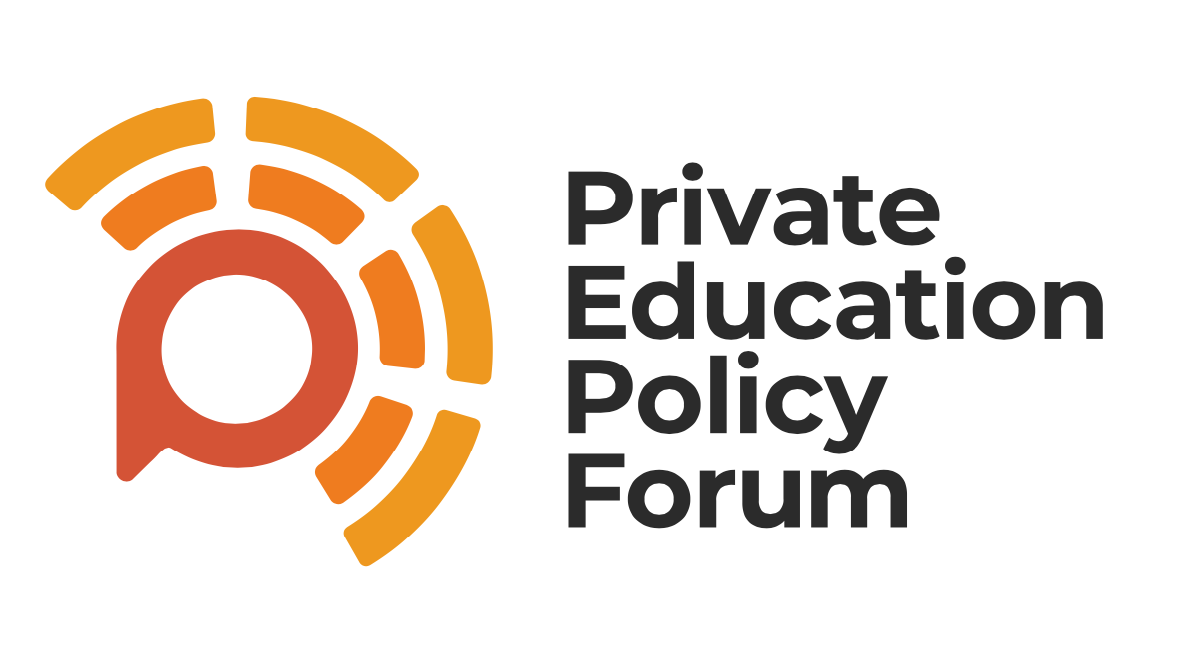
Title:
Creativity and Curriculum: Educational Apartheid in 21st Century England, a European Outlier?
Authors:
Heidi Ashton and David Ashton. International Journal of Cultural Policy, 2022 online.
What’s it about?
This paper contrasts the decline in arts and cultural education in England’s state schools with the emphasis given in private schools. Change is attributed to the rising influence of neo-liberal ideas which put individual economic success at the heart of state education policy.
Methodology
The study scrutinised historic and contemporary English policy documents, and examined evidence from 20 top private schools drawn from their websites and other sources.
Key Findings:
- The centralisation of control of the English school system that began in 1988 with the imposition of a national curriculum paved the way for a subsequent decline of the creative arts in England’s state schools
- The EBacc, introduced in 2011 as a measure of achievement for schools and pupils, excluded the creative arts. The increasing focus on STEM subjects, also failed to encourage arts education. Combined with funding cuts from 2010 onwards, arts education suffered disproportionately, with fewer hours devoted to it.
- In contrast, in top private schools greater emphasis has been given to creative arts. This is shown through their ‘mission statements’ and web sites, and backed up by evidence of the multiple opportunities, expanded resources and arts facilities, and embedded links with the creative industries.
- Through the separation and denigration of the arts and cultural education within state schools, England has become an outlier in Europe. In other countries, the arts are more embedded in schools.
This paper thus makes a significant contribution to understanding the influence of neo-liberal thinking on what our children learn in school.
Limitations:
The research only studied a small number of top private schools, and conducted no direct interviews. Further research is needed to understand better the reasons for the lavish arts expenditures of top private schools, and also how the private sector more widely approaches cultural education.
Explained by Professor Francis Green



